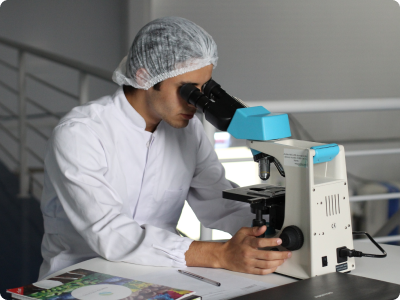Advanced therapies are promising brave new future for the treatment of many rare diseases but when it comes to large-scale manufacture, they face the harsh reality of manufacturing systems and infrastructures which have been designed for a different purpose but are inadequate for the purpose of ATMPs.
The encouraging results of CGT therapies, especially in blood cancers, are driving an increasing and an ever-more diverse demand that is significantly exceeding the existing current manufacturing capabilities.
Innovative thinking is needed to switch from traditional allogeneic manufacturing, which focuses on producing a single batch for thousands of doses, to an autologous approach that involves creating various batches for individual patients.
Ever since the emergence of cell and gene therapies, it was obvious that for them to become a commercially relevant treatment modality there is an urgent need for a closed automated CGT manufacturing platform. Leveraged by robotics, this system would provide tight control over the environment and allow for CGT manufacture to scale.
The current technology used is largely adapted from traditional methods meant for single-batch large-scale production and simply doesn’t work for the requirements of personalised medicine.
It creates a very labour-intensive process that requires highly skilled scientists to spend hours in expensive cleanrooms executing manual tasks such as liquid handling and tube welding. Each manual step carries the risk of contamination, that can lead to failure of the entire process. It’s not uncommon to have more than 50 of these steps – a considerably high amount of risk for the production of one patient’s personalized medicine often times critically needed.
Optimisation or semi-automation doesn’t seem to solve the requirement to hire highly qualified scientists and lots of cleanroom space, as the manufacturing system needs to be easily accessible and within the reach of human operators responsible for transferring product and collating data from multiple machines.
By implementing an automated end-to-end robotic platform to execute the CGT manufacturing process, the need for human intervention is significantly reduced, which in turn decreases the failure rate. Additionally, robotic automation frees up skilled scientists to concentrate on more complex tasks that are better suited to their training, rather than executing a tedious manual process. Standardisation is also facilitated having in mind the contained nature and predictability of such robotic automation systems.
As much as there is a consensus around the need for a self-contained robotic automated platform, the diversity of treatments, patient circumstances, regulation requirements and other priorities represent a complex challenge. From here stem the diverse approaches companies adopt in designing their platform, prioritizing different needs in various contexts.
New companies focusing on robotics in the advanced therapies manufacturing space emerge daily. Below we will explore a few of them, each adopting a unique strategy for incorporating automation through robotics into the manufacturing workflow.
Inserting a small-footprint end-to-end manufacturing platform at a point-of-care facility, for example, is one way of trying to streamline the process of producing personalised medicines that start and end with the patient. For instance, Lonza’s Cocoon small-scale enclosed proprietary platform is intended to be used at point-of-care facilities or small-volume clinical trials. The scalability challenge of such manufacturing platforms is solved by their modular architecture, which allows for stacking in factory settings.
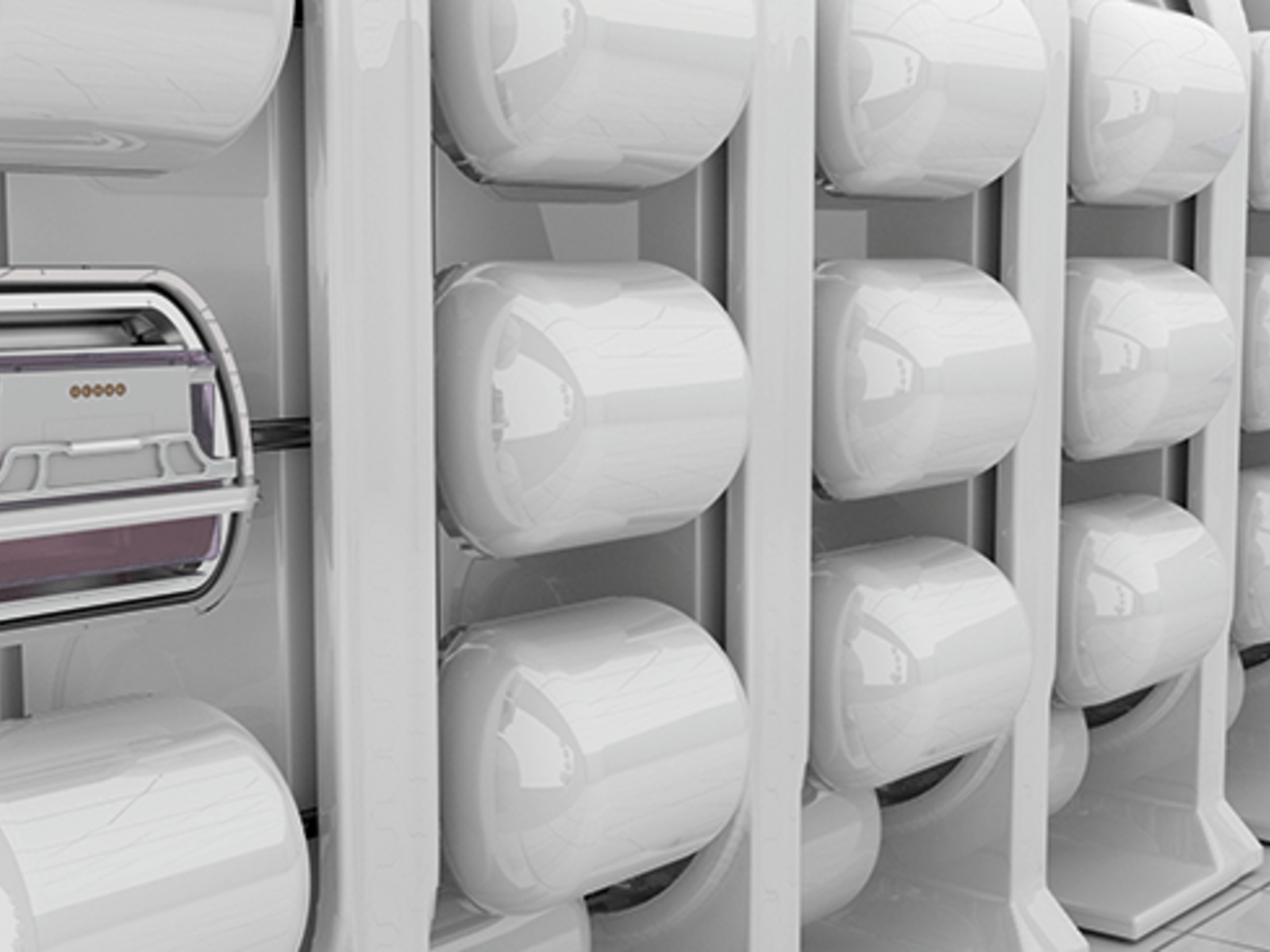
In contrast, Cellares’ platform – the Cell Shuttle – to be commercially released in 2024, focuses on high throughput platform roughly about the size of a cleanroom. Highly customisable, it can automate any of the research, development or manufacturing stages to be executed with a click of a button, producing 10 or more patient doses in parallel.
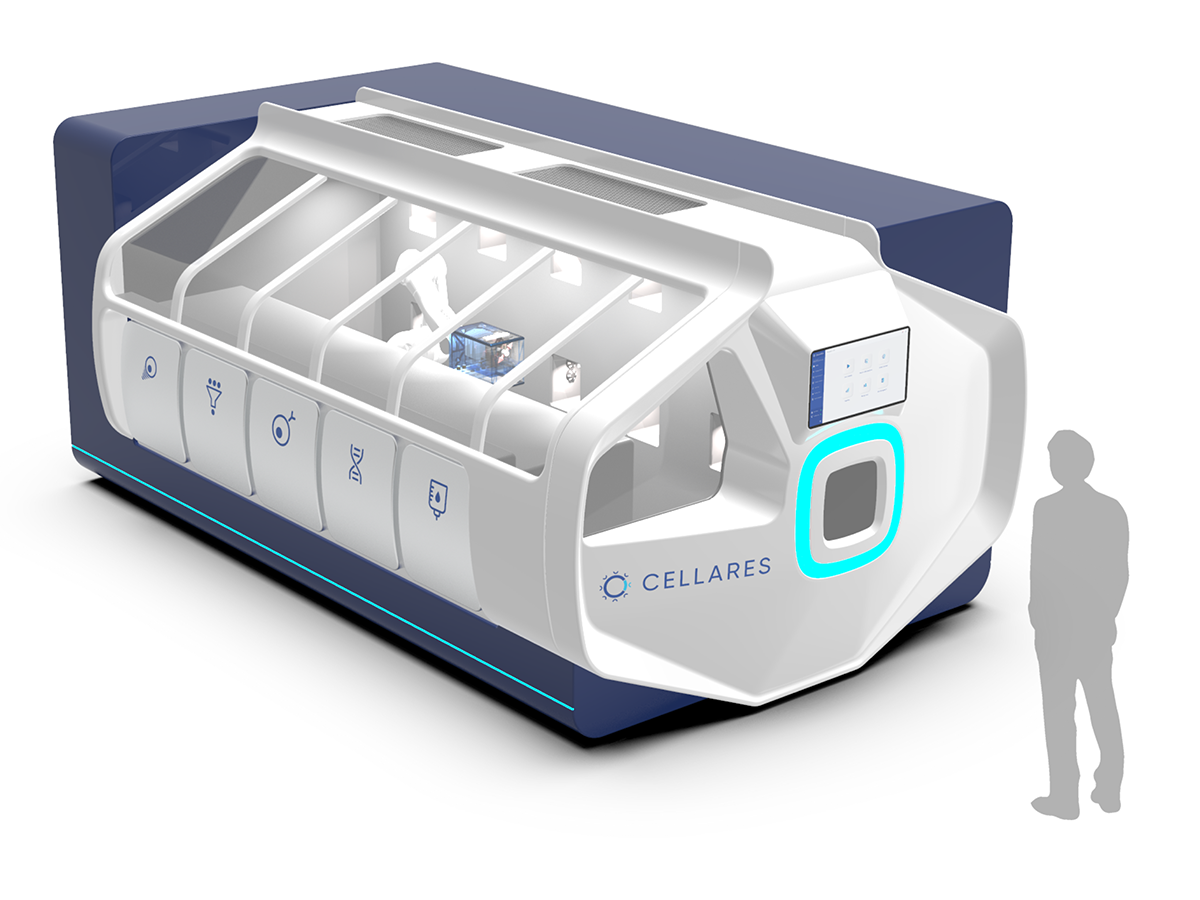
A different approach involves the integration of robotics into pre-existing manufacturing processes that utilise GMP-proven equipment. Multiply Labs, for example, has developed a proof-of-concept robotic system that aims to automate manual cell therapy manufacturing tasks based on leading GMP bioreactors. Regulatory bodies play a crucial role in the implementation of robotic platforms, and the possibility of avoiding a major regulatory hurdle can be a great advantage in some cases.
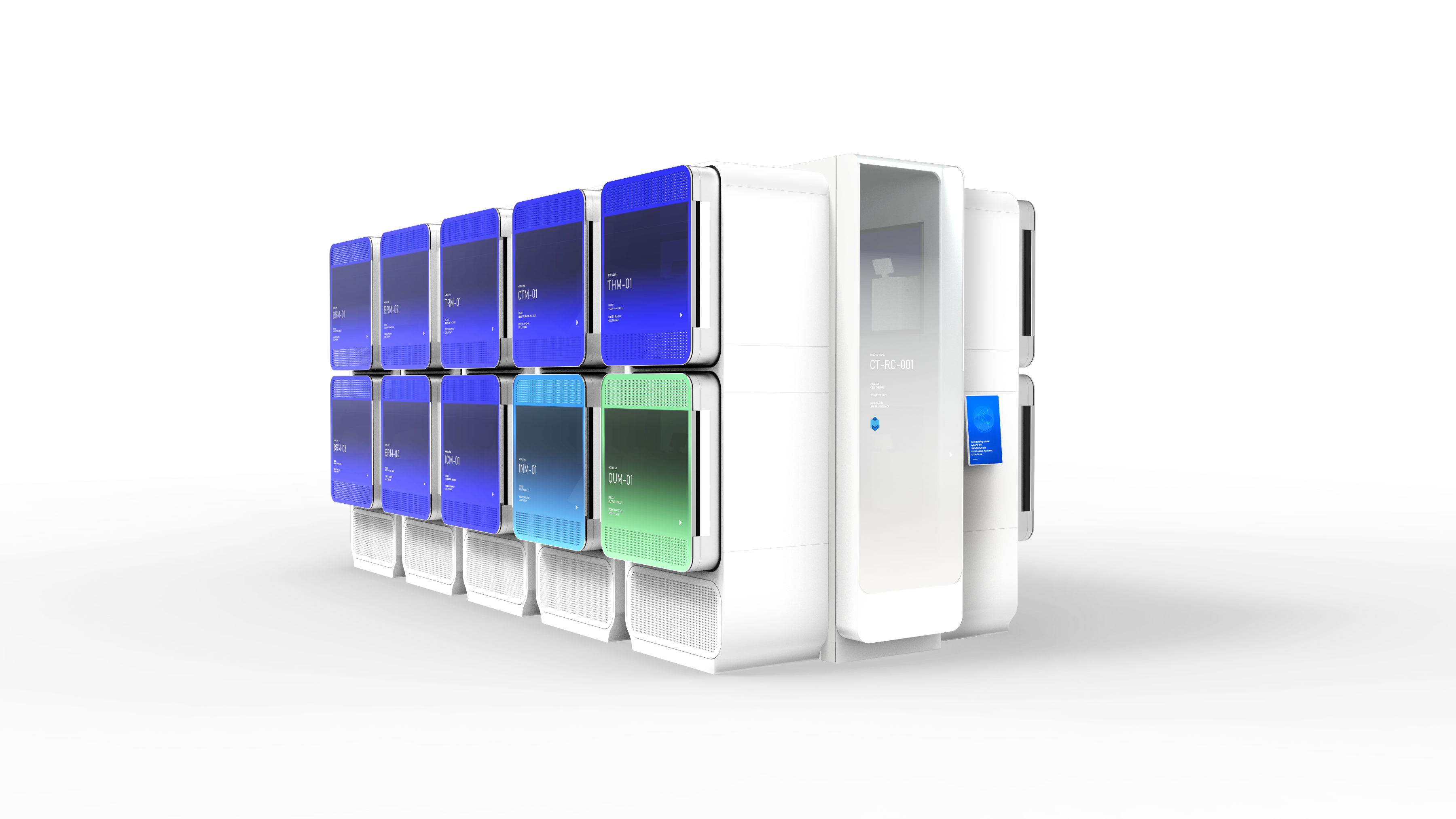
Yet another example of a closed system is CliniMACS Prodigy by Miltenyi Biotec. The platform combines advanced equipment, customized applications, consumables, and reagents, aiming to meet requirements across the entire development and production spectrum. Similar to Cellares, Lonza and MultiplyLabs, CliniMACS Prodigy offers centralized software to achieve a high degree of automation while retaining the flexibility to meet specific process requirements.
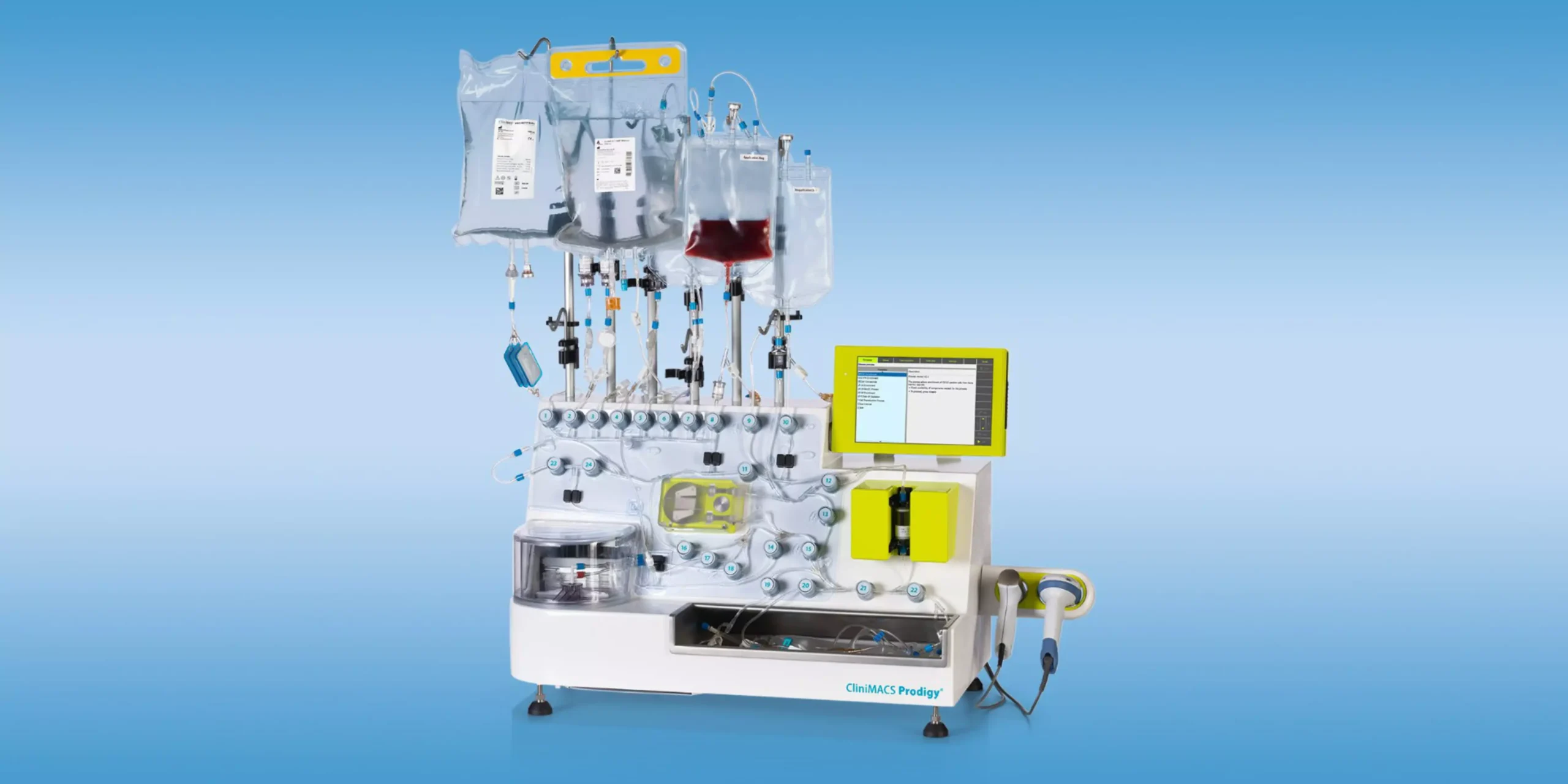
The natural opposition between automation and flexibility can be hard to balance given the complexity of the cell and gene therapy landscape. Therefore a singular solution seems highly improbable and small modulable platforms might have an advantage as adaptability is critical.
One thing is clear – implementing robotics in the CGT manufacturing process has the power to scale up productivity and to fulfill the promise of a new era in treating rare diseases through advanced cell and gene therapies.
Authored by ATMP.ie team, based on the sources cited below.

